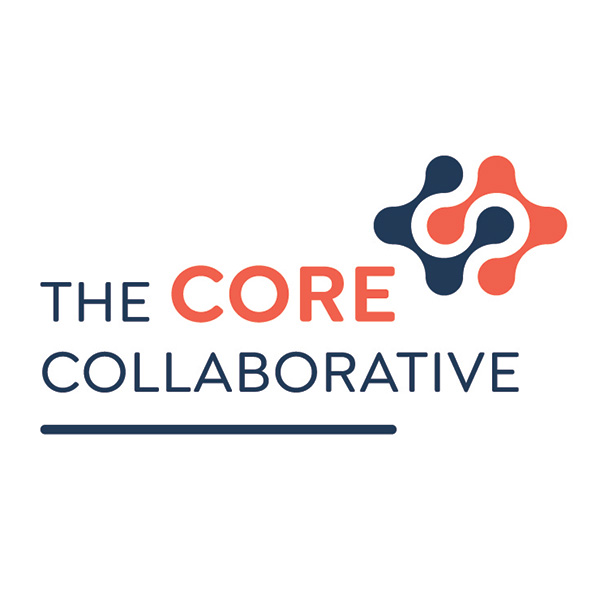In the pursuit of creating a transformative and empowering learning environment, schools must actively cultivate a culture of diversity, equity, belonging, and inclusion (DEBI). This approach By implementing policy demands, addressing implicit bias, and integrating equity-focused fine arts programs, schools can take significant strides towards building an inclusive community where all individuals thrive and succeed.

Policy Demands: Laying the Foundation for Equitable Practices
Developing and implementing policies that prioritize diversity, equity, belonging, and inclusion is crucial for establishing a strong framework to guide the school community. Such policies should address issues related to recruitment, curriculum, discipline, and teacher training.
Key Policy Demands for an Inclusive School Culture:
- Diverse Hiring Practices: Encourage diverse representation among school staff, including teachers, administrators, and support staff, to create role models that students can identify with.
- Culturally Relevant Curriculum: Incorporate diverse perspectives and histories into the curriculum, ensuring that all students see themselves reflected in their education.
- Restorative Justice and Positive Discipline: Implement restorative practices that prioritize understanding and growth over punitive measures, fostering a sense of belonging and accountability.
- Equitable Assessment and Grading: Equitable assessment and grading practices prioritize individual growth, focus on mastery of learning outcomes, and account for diverse learning styles and needs to ensure fair and inclusive evaluation for all students.
Honoring Diversity and Fostering Belonging
Promoting a sense of belonging and inclusivity is fundamental to creating a thriving school community. Celebrating diversity and encouraging active participation from all students are crucial components in achieving this goal.
Strategies for Fostering Belonging:
- Honor Culture: Honor students’ cultural identities by ensuring their lived experiences are used as a vital source of knowledge in the classroom. Organize events and activities that celebrate various cultural festivals, highlighting the richness of diversity within the school community.
- Amplify Student Voice: Provide opportunities for students to share their experiences and perspectives in school decision-making processes.
- Affinity Groups: Create safe spaces where students with shared identities or backgrounds can connect and find support.
Implicit Bias: Uncovering Unconscious Prejudices
Implicit biases, often unconscious, can influence decision-making and perpetuate inequalities in schools. Acknowledging and addressing these biases is essential to create a genuinely inclusive environment.
Recognizing Implicit Bias:
- Job-Embedded Coaching: Offer ongoing job-embedded coaching to raise awareness about implicit bias and its impact on teaching and learning.
- Cultivate a Growth Mindset: Encourage open conversations about bias, emphasizing continuous learning and self-reflection among staff and students.
- Bias-Interrupting Strategies: Integrate strategies for interrupting bias in the classroom, such as using diverse resources and questioning assumptions.
Embracing Intersectionality: Understanding Complex Identities
Recognizing and understanding the intersectionality of students’ identities is essential in ensuring equitable and inclusive practices. Acknowledging the multifaceted nature of students’ experiences allows for more comprehensive support.
Promoting Intersectional Understanding:
- Inclusive Language: Use inclusive language that recognizes the diverse identities and experiences of all students.
- Intersectional Curricular Integration: Incorporate discussions of intersectionality across subjects to foster a more comprehensive understanding of social issues.
- Promote Transformative SEL: Transformative SEL is a term that refers to applying the SEL framework toward the goals of creating equitable settings and systems and promoting justice-oriented school and civic engagement. Implement SEL practices that address the specific needs and experiences of students with diverse backgrounds.
Equity through the Arts: Empowering Expression and Representation
The fine arts offer a unique platform to celebrate diversity, promote equity, and foster a sense of belonging. Through artistic expression, students can explore their identities, cultures, and histories, contributing to a more inclusive school culture.
Leveraging the Arts for Equity:
- Diverse Arts Programming: Curate a wide range of art forms and performances that represent various cultures and voices, giving students exposure to diverse artistic expressions.
- Inclusive Arts Education: Ensure that fine arts classes and programs embrace diversity in both content and student participation, encouraging the exploration of personal identities and “voice”.
- Equitable Community Engagement: Partner with local artists and cultural organizations to enhance students’ exposure to diverse art forms and experiences.
It Takes a Village
Developing and sustaining a culture of diversity, equity, belonging, and inclusion is an ongoing and collaborative effort that requires commitment from all stakeholders within the school community. By prioritizing policy demands, addressing implicit bias, and leveraging the power of fine arts, schools can create an environment where every student feels seen, heard, and valued. Embracing diversity enriches the educational experience, preparing students to become empathetic, socially aware, and compassionate global citizens. Through these concerted efforts, schools can truly become places of belonging and empowerment, shaping a brighter and more equitable future for all.
How do you cultivate a culture of belonging and inclusion?
Read more about our “Stewards for Equity” professional learning offerings.
Learn more here!
